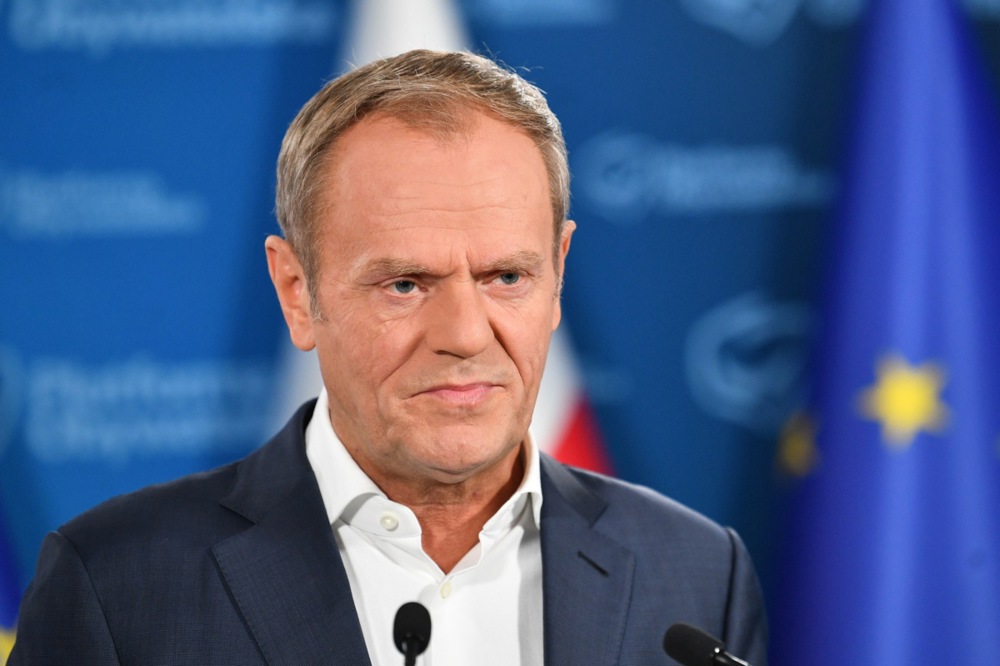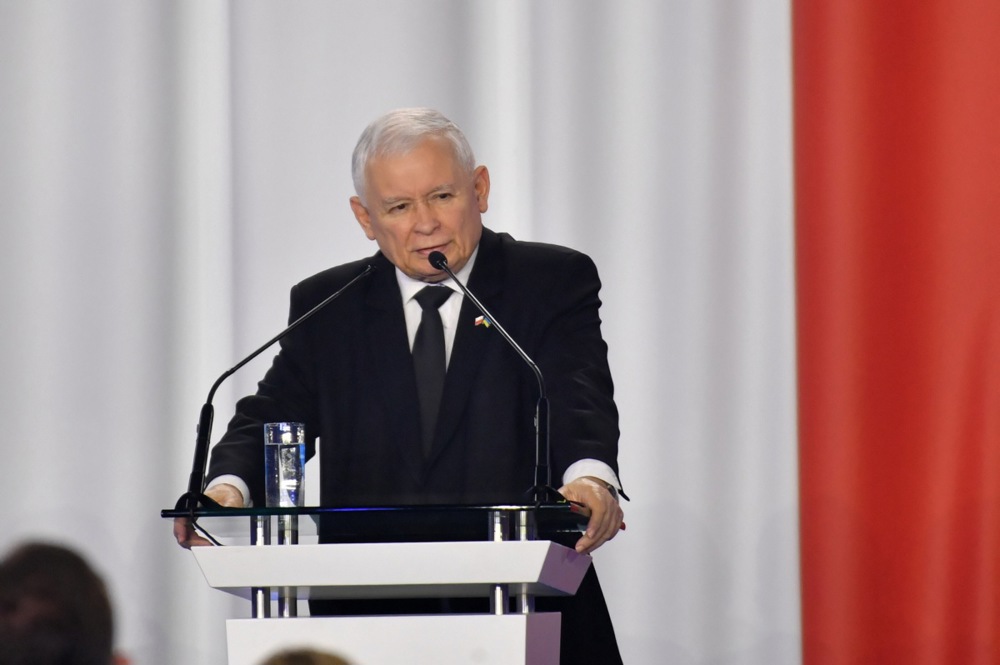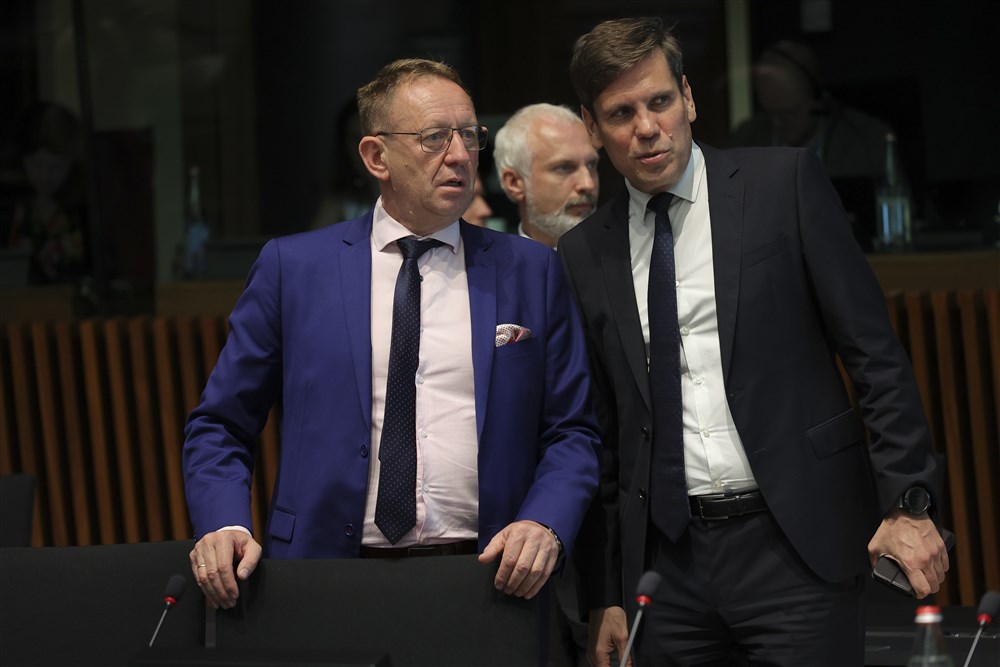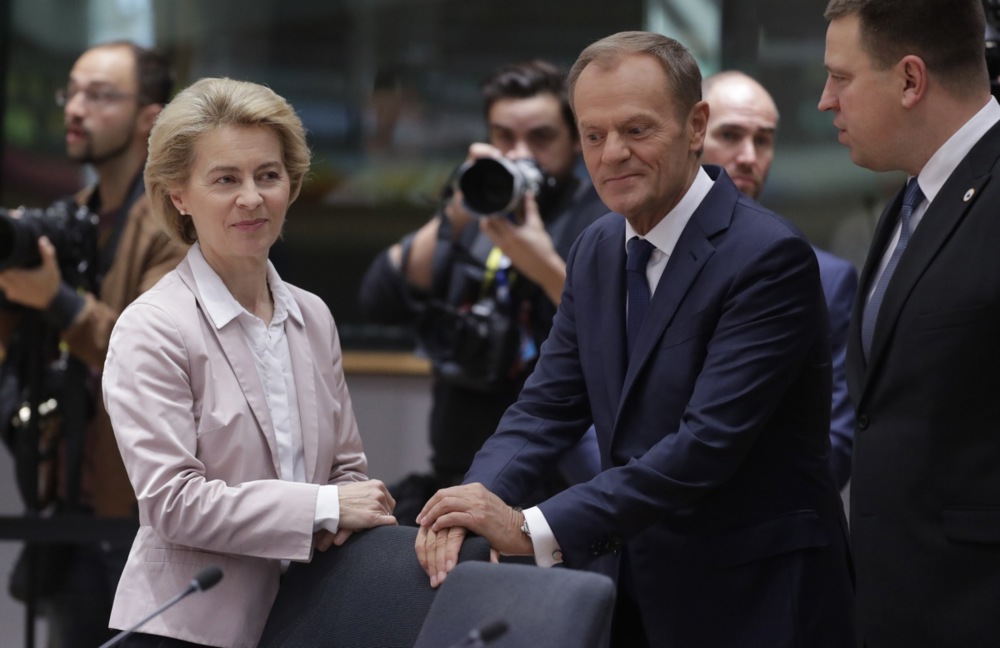Poland’s defence minister Mariusz has declassified documents that describe how the government led by Donald Tusk (2007-1015) in the event of an invasion from the East would have tried to defend territories in central West of Poland as it did not feel it could do so in the East of the country.
The release of the documentation has led to a storm of protest from the conservative PiS government opposition, who accuse the ruling party of “treason”, since the documents are highly sensitive.
Błaszczak has defended his decision to declassify the documents as being in the public interest in showing how mistaken the strategy of the previous government was and how it contrasted with the present PiS stance of defending every inch of Polish territory.
On September 17, Błaszczak published extracts from a classified document showing how the previous government was prepared to give up large parts of Polish territory in the event of an invasion.
The document was marked “top secret” and signed by the then-Liberal PO defence minister Bogdan Klich. It foresaw that the independent defence of the country if invaded from the East would last a maximum of two weeks and that the enemy would reach the eastern bank of the river Vistula, that runs from Poland’s north to south.
After the two week period, it was assumed that NATO forces would arrive to help Poland defend its territory. Still, large cities such as Lublin, Rzeszów and Białystok would be occupied under such a scenario.
According to Błaszczak that meant they “could have been the Polish Bucha” – the site of a Russian atrocity in the war in Ukraine.
The defence minister contrasted this approach with the current government’s stance. He said that it is now ready to “defend every piece of Poland”.
The Tusk-led opposition has reacted with fury to Błaszczak’s revelations. Klich accused the government of a breach of security for party political purposes because it had disclosed details of operational planning.
He also claimed that the previous national security strategy had been accepted by both the late President Lech Kaczyński and present ruling-party leader Jarosław Kaczyński when the latter was prime minister between 2006 and 2007.
The PO’s party spokesman Jan Grabiec told commercial broadcaster Radio Zet that his party would put the present defence minister before the Tribunal of State, a body that deals with offences against the Constitution and which can debar individuals from holding office, on a charge of treason.
Retired General Roman Polko, a former leader of Poland’s commando force (GROM), defended the government’s decision to reveal the documentation about the plans of its predecessor.
He told Brussels Signal that the Tusk-led government had “dismantled army units in the East of the country and weakened Poland’s military potential” and that the released documents were “history” that revealed nothing about current military doctrine.
Polko argued that Poland’s weakness meant it could only engage in “manoeuvre defence to delay Russia’s advance before attempting to take a stand on the Western bank of the river Vistula”. Gen Polko criticised this as being “disastrous for both civilians and Polish infrastructure”.
He admitted that Poland’s defence doctrine was influenced by that of NATO’s at the time when the alliance “didn’t regard Russia as an enemy, with no dedicated troops to defend NATO territory from the first day of [any] aggression”.
Gen Polko was more positive regarding the policy of the present PiS government which, he said, is “strengthening the potential of the Polish army in terms of both troop numbers and weapons”.
Poland’s general election is less than four weeks away, and the release of the documentation is seen as an attempt by the ruling party to shore up support in its stronghold in the East of Poland.
The “security through strength” policy of the present Polish leadership is one of its major political assets in the election campaign. It also chimes well with NATO’s strengthening of its Eastern flank in response to the Russian war in Ukraine.





